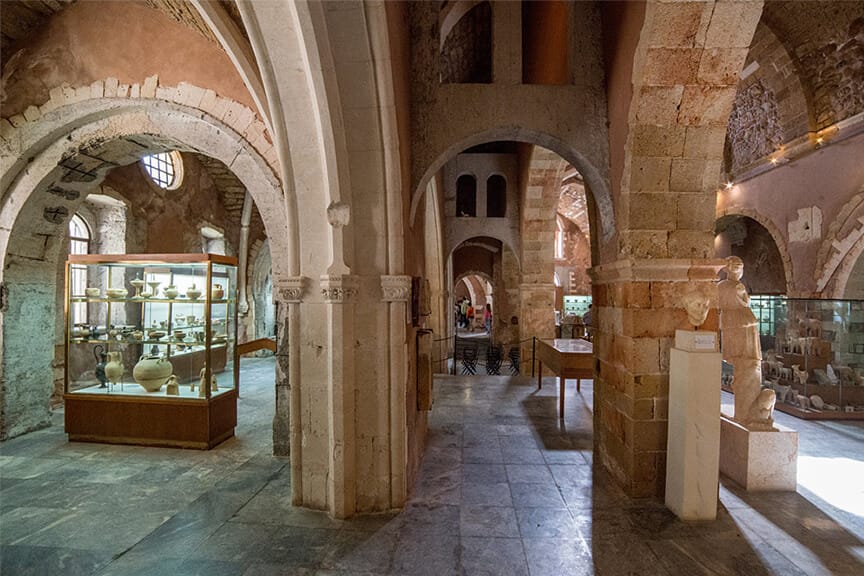Seenigama Muhudu Viharaya
Sri Lanka is a country steeped in history and spirituality, with countless temples and sacred sites dotting its stunning landscapes.…
View Details
Nestled in the heart of the ancient city of Polonnaruwa, the Polonnaruwa Archaeological Museum is a cultural and historical treasure trove waiting to be explored. This museum is a gateway to Sri Lanka’s rich past, offering a remarkable collection of artifacts, sculptures, and insights into the island’s ancient history. In this comprehensive guide, we’ll delve into the profound significance, the captivating exhibits, and practical tips for making the most of your visit to the Polonnaruwa Archaeological Museum.
The Polonnaruwa Archaeological Museum is not just a repository of ancient artifacts; it is a key player in preserving and narrating the history of Polonnaruwa, which was the second capital of ancient Sri Lanka and is now a UNESCO World Heritage site. The museum serves as a bridge between the past and the present, allowing visitors to explore the island’s rich cultural heritage.
The artifacts and exhibits within the museum showcase the architectural brilliance, artistic finesse, and the complex societal structures that once thrived in this part of Sri Lanka. For history enthusiasts, it’s a fascinating journey into the past.
The Polonnaruwa Archaeological Museum houses a diverse array of exhibits, each telling a unique story about the history, culture, and heritage of the region. Some of the most captivating displays include:
A significant part of the museum is dedicated to the spiritual and religious heritage of Polonnaruwa. You’ll encounter a range of artifacts related to Buddhism, including stone carvings, statues, and relics that were an integral part of the region’s religious practices.
As you walk through the Polonnaruwa Archaeological Museum, you’ll be immersed in a historical narrative that unfolds the story of this ancient city. The exhibits are carefully curated to provide context and insights into the social, cultural, and architectural aspects of Polonnaruwa’s past.
You’ll learn about the successive kingdoms, the rulers, and the evolution of the city’s layout. The museum effectively connects the dots between the various eras that defined Polonnaruwa, from the Anuradhapura period to the Chola invasions and the eventual decline of the city.
Before embarking on your journey to the Polonnaruwa Archaeological Museum, consider these practical details:
The Polonnaruwa Archaeological Museum is a gateway to the rich history and cultural heritage of Sri Lanka. It offers a fascinating journey through time, allowing visitors to connect with the island’s past and appreciate the artistic and architectural marvels that once flourished in Polonnaruwa.
Whether you are a history enthusiast, an art lover, or a traveler eager to explore the wonders of the past, the Polonnaruwa Archaeological Museum promises a captivating visit. It will leave you in awe of the exhibits and deepen your appreciation for the historical and cultural richness of Sri Lanka. As you explore the museum’s treasures, let the narratives of the past inspire your own quest for understanding and connection with this ancient and storied land.